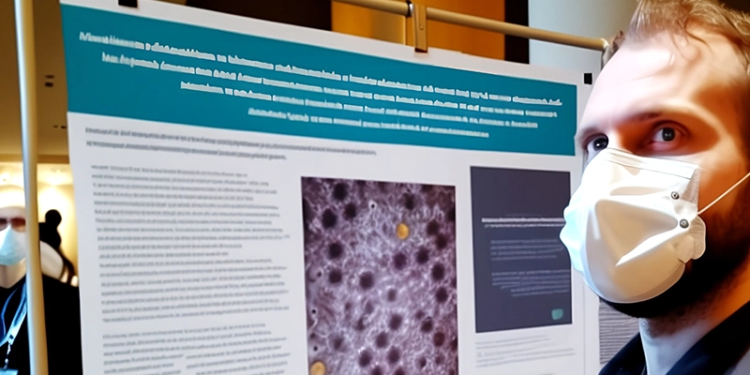This past March, I witnessed my prosthetics students responding to a call for action, in the face of perceived danger, with a care and poise that I feared was somewhat lost with the new generations entering the O&P profession.
Just as the transfemoral prosthetics class that I teach at Eastern Michigan University (EMU), Ypsilanti, was to begin with our visiting patients who were going to be cast for their transfemoral prostheses, the tornado siren sounded on campus. Many of us were going to continue class activities until I asked one of my students if he could access a weather map of our area on his cell phone. We looked at the weather map and quickly realized that the storm cells were merging and coming directly towards Ypsilanti and right over the campus. We also received information that a funnel cloud had been spotted, and one had touched down in a community just west of our location. As I saw the worry on my students’ faces, I decided to have our patients and students go down to the lower floor of our building.
My main concern was to get our patients downstairs safely and quickly. Unfortunately, the one elevator in the building was about 100 yards away-too far for our patients to reach in a timely manner given the approaching storm. However, the stairs to the lower level were just outside our classroom.
Once I announced that we were going to wait out the storm on the lower level, every student came forward and escorted each of the patients down the stairs. They were in front, at the side, and behind these patients, carrying their personal items, giving them their arms for stability, and staying close in case any one of them needed additional assistance. Once the patients were all in the safe zone, the students dashed back upstairs and brought down chairs for the patients. The process went smoothly and was without panic or incident-and it was a situation for which we had never discussed or prepared. However, had this been something we had practiced, I don’t think it could have transpired any better than it did. We might not have been “prepared” for disaster with a plan in place, but the students responded as if they were.
Our patients, students, and staff waited out the storm for about an hour. During that time, I noticed students gathering around the patients and getting acquainted with them, joking with them, and generally making them feel safe. I looked at our patients’ faces and noticed that they were pleased and enjoying their time conversing with the students. The patients seemed to understand that the students were there for them no matter what the circumstance. As for the students, they took their responsibilities of the patients’ well-being and safety seriously-and they also seemed to enjoy getting better acquainted with their patients.
After an hour or so, the weather cleared, the students assisted the patients back up the stairs and continued their task of casting their patients. After the casting process, the students escorted their patients out to their vehicles and saw them safely on their way.
To many this may seem like a minor event since disaster was averted. But I saw something grand. I witnessed these students rise to an occasion in which they had to push their thoughts of personal safety aside and conduct themselves in a patient-first manner-a manner befitting a practitioner.
As I fulfill my years as a practitioner and teacher, I am confident the O&P profession will be in good hands as we gradually pass our stewardships to the students entering this wonderful field.




